Report this entry
More from the same community-collection
CATHEDRAL HIGH SCHOOL WOMAN’S CLUB OF EL PASO, THE PAST/ PRESENT
CATHEDRAL HIGH SCHOOL WOMAN’S CLUB OF EL PASO, THE PAST/ ...
CATHEDRAL HIGH SCHOOL WOMAN’S CLUB OF EL PASO, THE PAST/ PRESENT
CATHEDRAL HIGH SCHOOL WOMAN’S CLUB OF EL PASO, THE PAST/ ...
1LT Rene A. Valenzuela, US Army Corps of Engineers
Photo of me on the southern shores of the Caspian Sea in ...
1LT Rene A. Valenzuela, US Army Corps of Engineers
At the firing range in the jungles of Panama training for ...
1LT Rene A. Valenzuela, US Army Corps of Engineers
Department of Technical Operations, Engineer Instructional ...
Thomas Jefferson 2017-2018 Outstanding Ex
Dr. Gloria Gonzalez Barragan, class of 1968 was named Thomas ...
Michael Momsen, Saint Joseph School Alumnus - El Paso, Texas
Michael Momsen, son of Gus Peter Momsen III & Winifred Foy ...
Lincoln Park 2017 - El Paso, Texas
Annual Lincoln Park Event for car shows and Hispanic culture. ...
Lincoln Park 2017 - El Paso, Texas
Annual Lincoln Park Event for car shows and Hispanic culture in ...
Lincoln Park 2017 - El Paso, Texas
Annual Lincoln Park Event for car shows and Hispanic culture in ...
Lincoln Park 2017 - El Paso, Texas
Annual Lincoln Park Event for car shows and Hispanic culture. ...
Apolonio Reyes - Company E - 1940
Reyes was a member of Rifle Company E, 141st U.S. Army Infantry, ...
Apolonio Reyes, Tony and Andres Saucedo - 1940
Apolonio Reyes (left) with Tony and Andres Saucedo - Company E. ...
Apolonio Reyes, Tony, Andres, and Juan Saucedo - 1940
Apolonio Reyes (standing middle) with Tony, Andres, and Juan ...
Apolonio Reyes and Aunt Elena - 1940
Apolonio Reyes visiting his Aunt Elena. Location is unknown - ...
Leo - Baseball Star El Paso, Texas - 2017
Photograph taken at the Bel Air Optimist Club. Leo Trinidad ...
Fernando Villela and Rosa Villela - 50th Anniversary - 2017
Married 50 years -- Fernando Villela and Rosa Villela celebrate ...
Fernando Villela and Rosa Villela - 50th Anniversary - 2017
July 30, 2017 - Fernando Villela and Rosa Villela celebrate 50th ...
Fernando Villela and Rosa Villela - 50th Anniversary - 2017
July 30, 2017 - Fernando Villela and Rosa Villela celebrate 50th ...
Fernando Villela and Rosa Villela - 50th Anniversary - 2017
July 30, 2017 - Fernando Villela and Rosa Villela celebrate 50th ...
Fernando Villela and Rosa Villela - 50th Anniversary - 2017
July 30, 2017 - Fernando Villela and Rosa Villela celebrate 50th ...
Everett Thomas - El Paso, Texas
Everett Thomas - when he was in the navy. Digital Wall Curator ...

















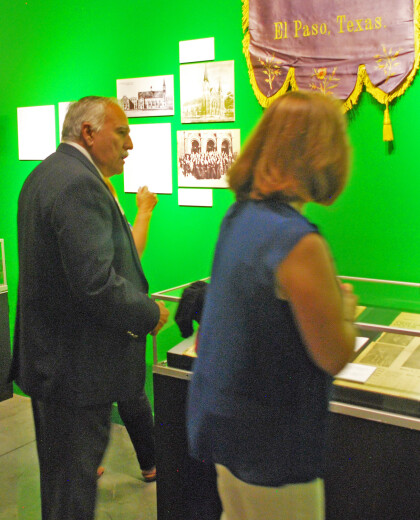
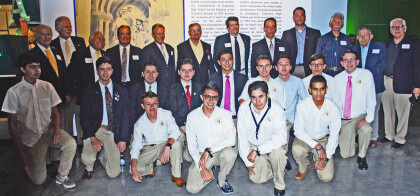
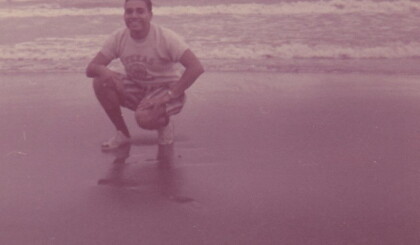
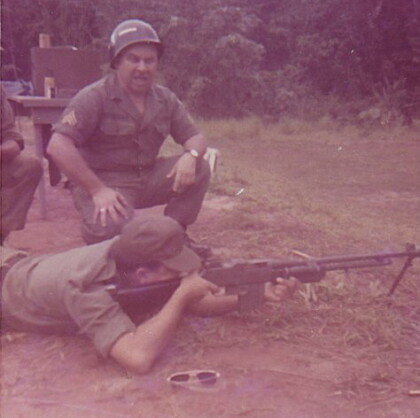
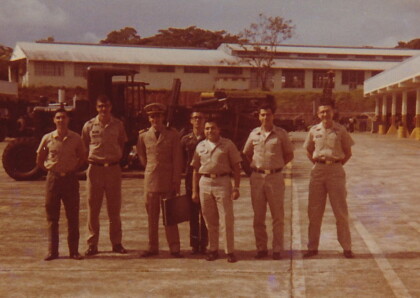
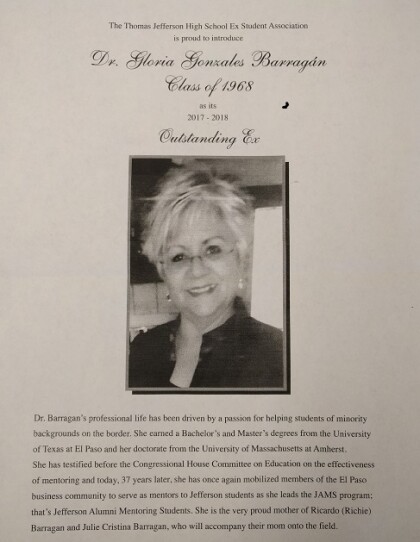
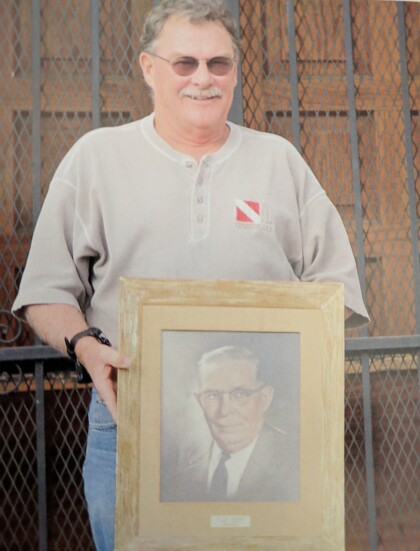
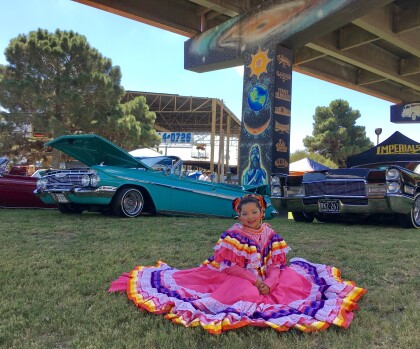
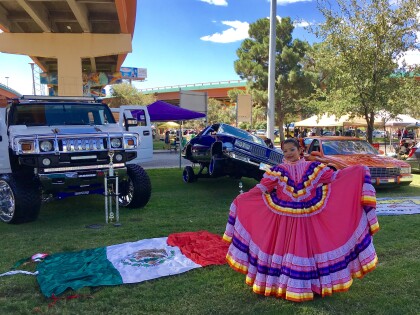
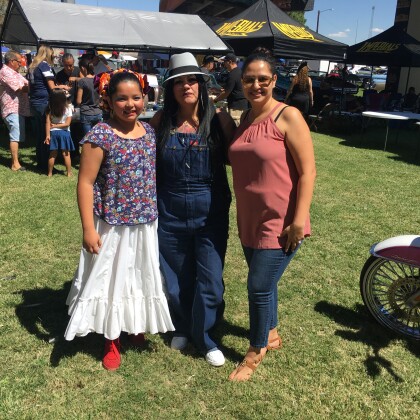
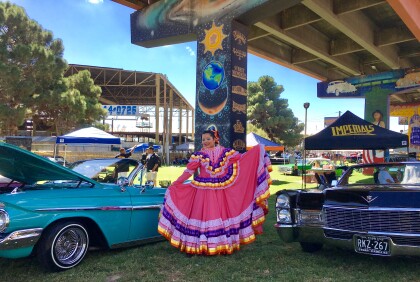
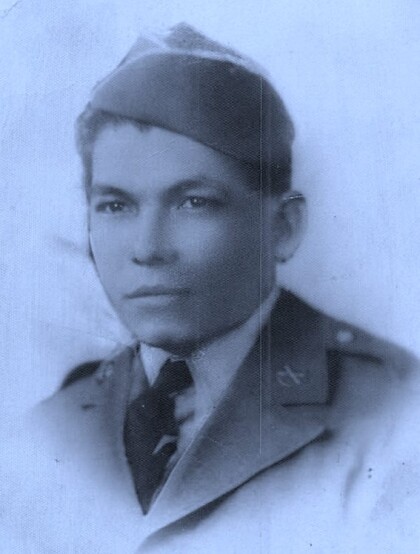
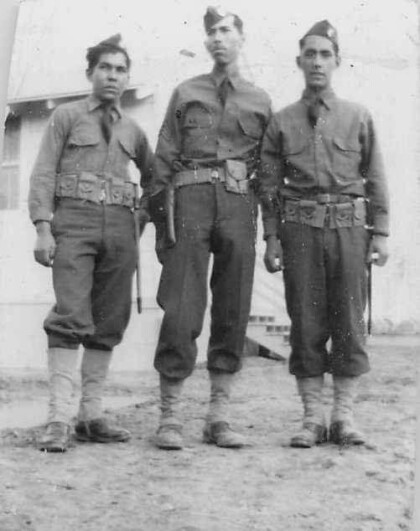
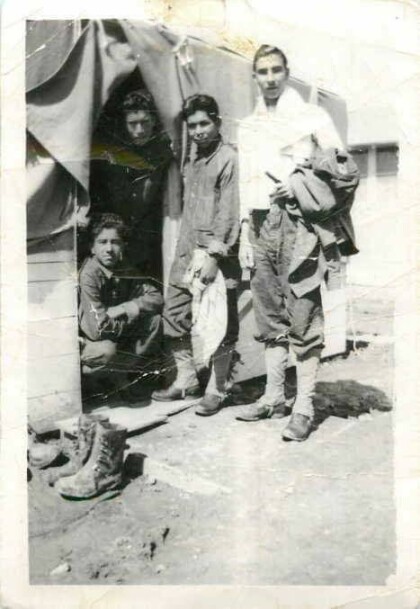
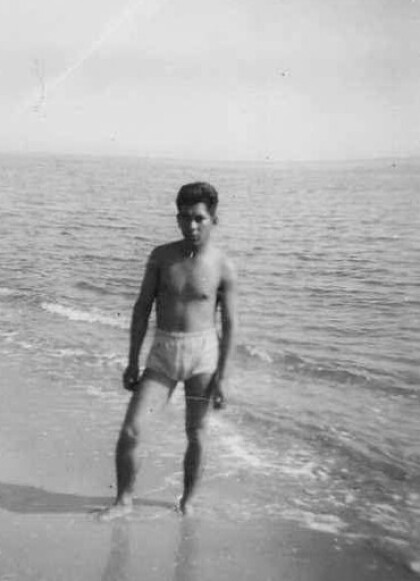


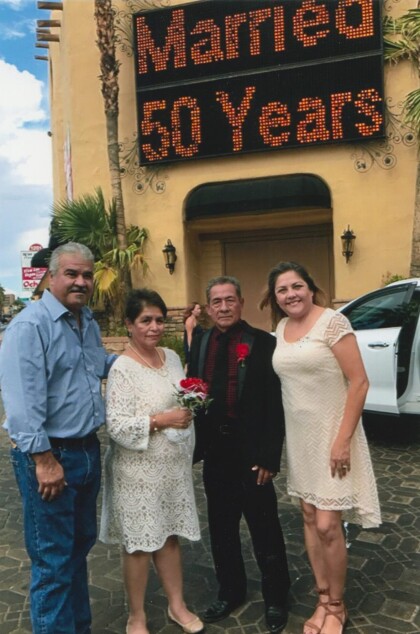
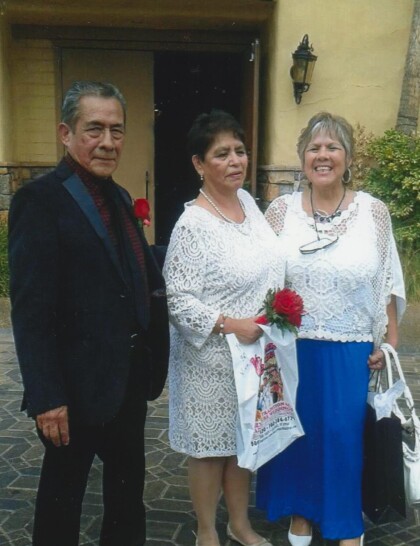
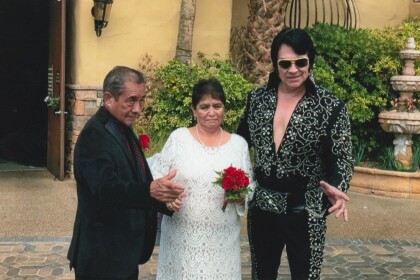
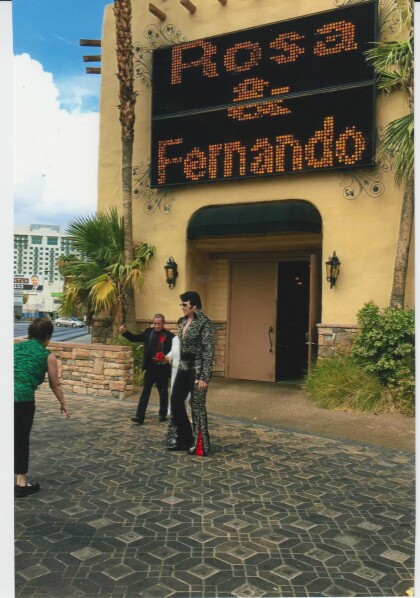
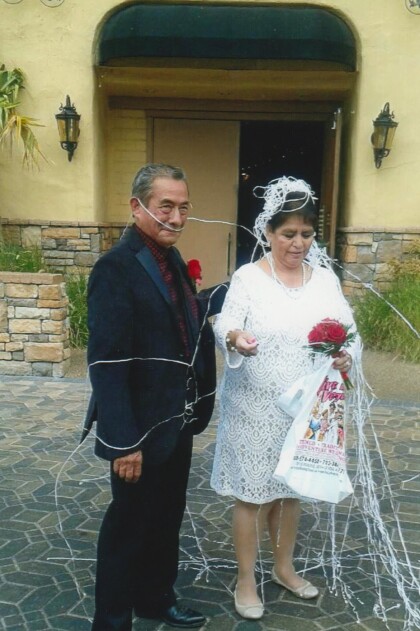

Comments
Add a comment